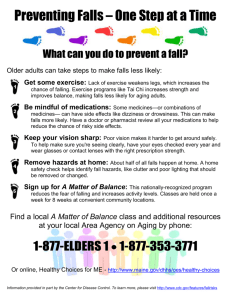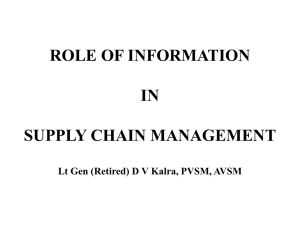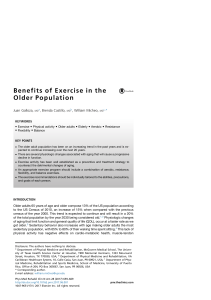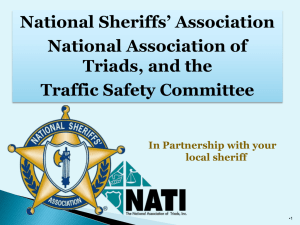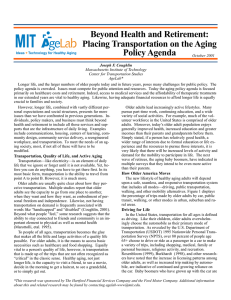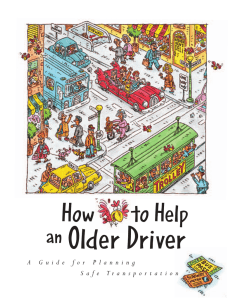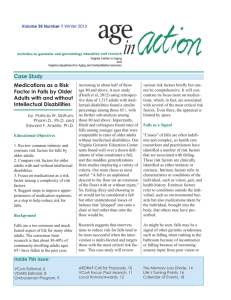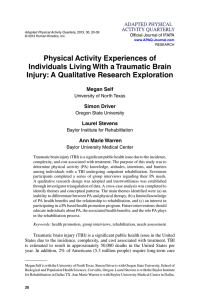Driving Safely Longer: Roadmap to driving after age 60
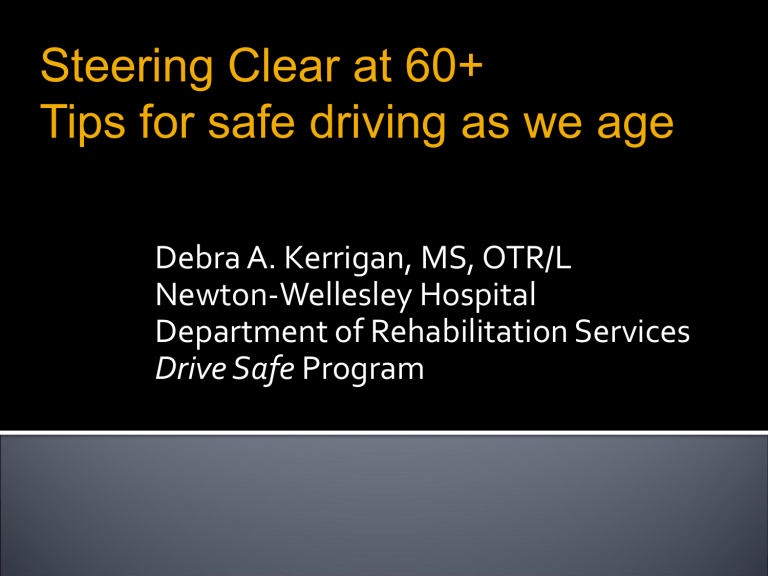
Steering Clear at 60+
Tips for safe driving as we age
Debra A. Kerrigan, MS, OTR/L
Newton-Wellesley Hospital
Department of Rehabilitation Services
Drive Safe Program
“Skills for the Job of Living”
Drive Safe Program
Independence
Freedom
Convenience
Connection and contribution to the community, friends, family
Respect
Pride of owning a vehicle
(DriveWell 1 )
Drive Safe Program
How are today’s cars different ?
(DriveWell 1 )
Drive Safe Program
What about the roads and driving today?
How has driving changed?
(DriveWell 1 )
Drive Safe Program
Vision
Strength, flexibility and reflexes
Health conditions like arthritis
Memory
(DriveWell 1 )
Drive Safe Program
Drive Safe Program
Adjust mirrors properly before driving
Check rearview mirror every 10 to 20 seconds
Turn your head and look before changing lanes or merging with traffic
Other tips….
(DriveWell 1 )
Drive Safe Program
Aging may bring diminished
muscle strength to legs, arms, and handgrip—all important for vehicle control
flexibility to look over the shoulder for checking traffic
reaction time to respond to traffic or road hazards
(DriveWell 1 )
Drive Safe Program
Physical Activity
Strengthening
Stretching
Endurance
Balance development
Adaptive Equipment
Drive Safe Program
Older adults may be more susceptible to adverse or strong reactions
May take more medications, which increases the likelihood for interaction
The body may not use medications as effectively and reacts more strongly to even lower doses
(DriveWell 1 )
Drive Safe Program
Be aware of your reaction to medications, vitamins, and supplements.
New medicine: Ask doctor or pharmacist about side effects.
Medication makes you dizzy or drowsy:
Talk to doctor.
Adjust your driving schedule to accommodate the reaction.
Drive Safe Program
Driving a car requires:
Making decisions quickly which requires mental alertness.
Switching attention quickly to many situations happening on the road.
Dividing attention to perform many tasks such as steering, shifting gears checking mirrors and looking ahead.
(DriveWell 1 )
Drive Safe Program
(DriveWell 1 )
Drive Safe Program
Organize your trip
Sunglasses in easy reach
Money ready for tolls
Read your map before you start your trip
Control your environment
Turn the radio/music down or off
Ask passengers to keep conversations down
Watch your temper
Drive on familiar roads
(DriveWell 1 )
Drive Safe Program
Improve concentration on the road by getting enough sleep and rest
Practice habits of sleep health
Avoid naps
Develop a regular time to go to bed
Do some physical activity each day
Eat a light meal in the evening
Avoid drinking tea, coffee, or cocoa 6 hours before bedtime
(DriveWell 1 )
Drive Safe Program
(DriveWell 1 )
Drive Safe Program
When
Talk about driving before a problem develops.
Why
The discussion is about your connection to the community and your control over your future.
Driving discussions affect others—families, loved ones and friends, and those in the community that rely on you.
(DriveWell 1 )
Drive Safe Program
Drive Safe Program
Most older drivers are safe
Many older drivers self-restrict
Majority of older drivers in the United States will outlive their ability to drive by about 7 to
10 years 3
Objective assessments and driver
rehabilitation can be helpful
“ Driving is considered a privilege but mobility is a human right”
2
Drive Safe Program
RMV:
Evaluators lack specialized knowledge of health conditions and aging
Driver Rehabilitation Specialists
Specialized training
Driving instructors: knowledge of driving
Occupational therapists: knowledge of driving + medical conditions
Drive Safe Program
Clinical Assessment of Underlying Skills for Driving
+
On-Road Assessment of Driving Performance
________________________________________________
Driving Recommendations
Drive Safe Program
Thank you!
Program Evaluation
Drive Safe Program
1 American Society on Aging & National Highway Traffic Safety
Administration. (2007). DriveWell: Promoting older driver safety and
mobility in your community. U.S. Department of Transportation. DOT HS
809 838.
2 Eby, D. W., & Molnar, L. J. (2008). “2008 North American License Policies
Workshop Proceedings.” AAA Foundation for Traffic Safety. Available: http://www.aaafoundation.org/pdf/LPWorkshopProceedings.pdf
3 Foley, D.J., Heimovitz, H.K., Guralnik, J., and Brock, D. (August 2002).
“Driving life expectancy of persons aged 70 years and older in the United
States.” American Journal of Public Health 92(8):1284–89.
Drive Safe Program
